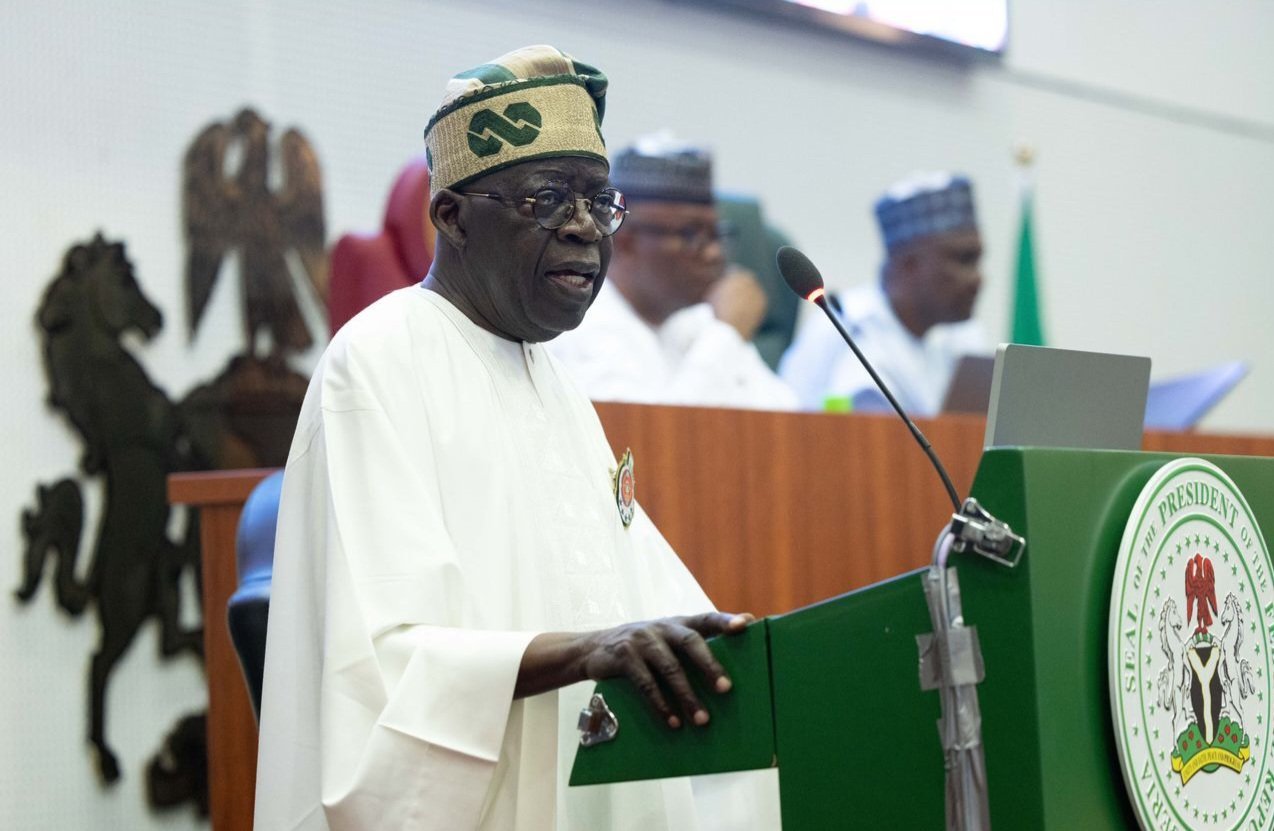The US economy grew at a 2.80% annual rate in Q2:2024, driven by a 2.30% rise in consumer spending and inventory investments.
However, a 6.90% increase in imports and a decline in the personal savings rate to 3.50% raised concerns about trade deficits and consumer financial health. Despite mixed signals, the economy remains resilient, but underlying vulnerabilities may inform future monetary policy decisions.
The People’s Bank of China (PBOC) unexpectedly cut the one-year medium-term lending facility (MLF) rate to 2.30% from 2.50%, marking the first such cut in nearly a year. This move aims to spur sluggish economic growth, signalling a shift towards monetary policy easing. The PBOC’s moves are seen as efforts to prop up business sentiment and household demand, particularly in the ailing property market. With easing pressure on the yuan against the US dollar, the rate cuts are expected to support the economy, albeit marginally.
Here on the Nigerian domestic scene, the Monetary Policy Committee (MPC) raised the benchmark Monetary Policy Rate (MPR) by 50bps to 26.75% during its fourth meeting of the year on July 22-23. This move aims to combat inflationary pressures and maintain economic stability, supporting the central bank’s inflation-targeting mandate. The adjustment to the asymmetric corridor is likely to have a more significant effect on the fixed-income market, leading to tighter system liquidity and increased demand for higher yields.
The Nigerian government recently proposed a windfall tax targeting banks’ foreign exchange gain, initially set at 50% but now increased to 70% following amendments by the Senate. This tax will be applied retrospectively to profits realised in 2023FY and will extend to all foreign exchange profits accrued from the implementation of the new forex policy until the end of 2025FY.
Comment, Like 👍, share this article, and Follow us on our social media handles.







